
Previous post

Navigating public behaviors can be challenging for children with autism due to their unique needs and difficulties in social interactions. Teaching these children about expectations in public settings is crucial in ensuring not only their safety but also their comfort and social integration. By adopting effective strategies that consider individual differences and sensory sensitivities, caregivers and educators can support autistic children's understanding and adherence to social norms, thereby promoting more positive experiences in public environments.
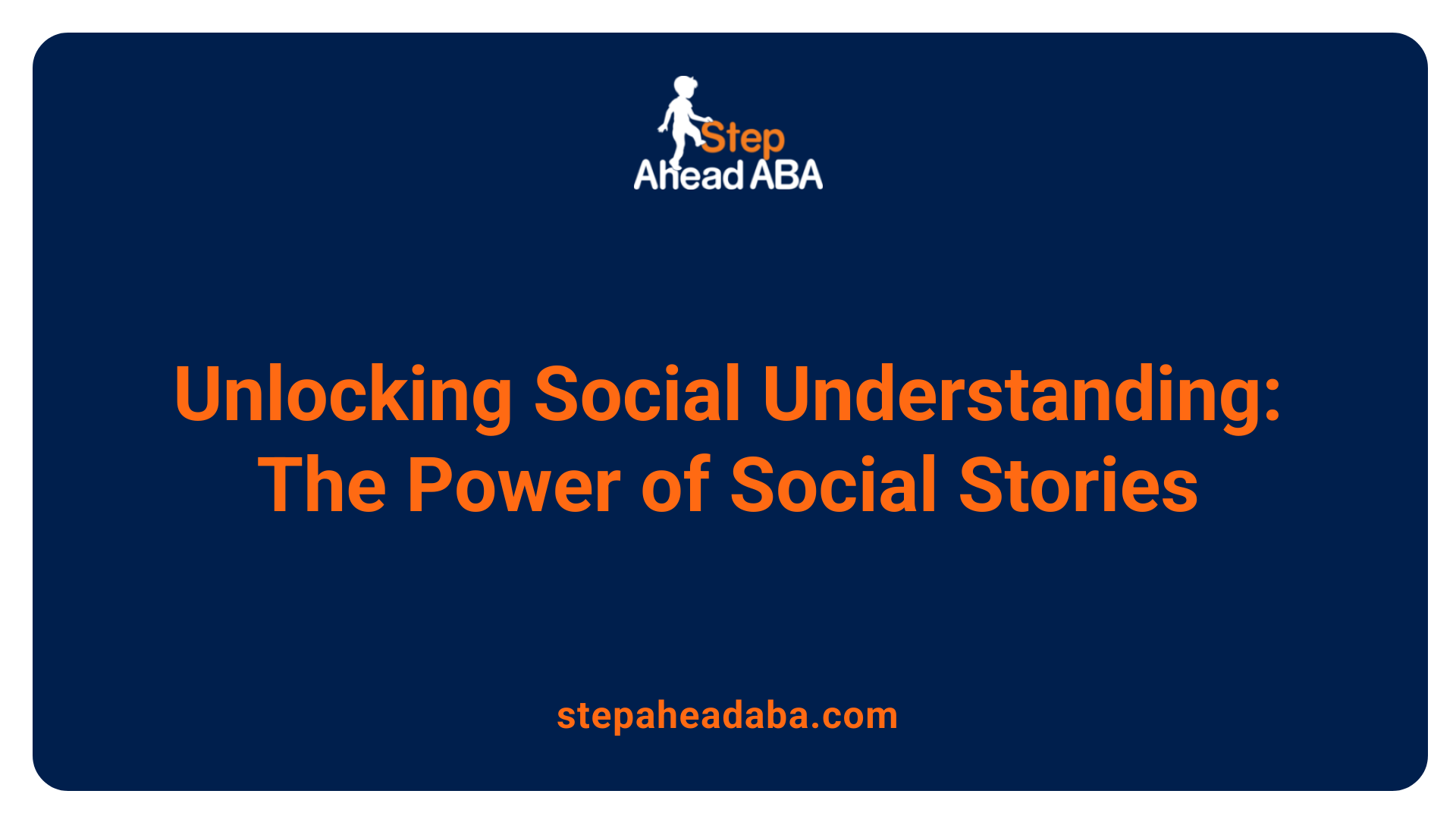
Social stories are powerful visual aids that cater particularly well to the learning styles of children with autism. These customized narratives present social norms and expectations in a structured format, enabling students to understand complex situations through simplified language and visuals. By using pictures alongside text, social stories help clarify behavioral guidelines and provide relatable context for children's experiences.
Social stories serve as effective educational tools to navigate social situations, such as greeting peers or waiting patiently in line. They help children anticipate what is expected of them in different social contexts, facilitating smoother interactions. Social stories can demystify social rules that might otherwise be overwhelming, providing children with an easier way to engage with their peers, thereby reducing anxiety and enhancing social confidence.
To accommodate diverse learning requirements, social stories can be tailored into varying levels of complexity. For example:
| Level | Description | Purpose |
|---|---|---|
| Level 1 | Simple phrases and images | Introduces basic social expectations |
| Level 2 | Short sentences with visuals | Explains specific social interactions |
| Level 3 | Detailed narratives with multiple scenarios | Prepares children for varied social situations that may arise |
By providing these tailored resources, educators can ensure that each child can access social learning at their own pace, thus promoting independent and functional social skills. Social stories, integrated effectively into instruction, play a crucial role in aiding children with autism to navigate their social environments more successfully.
Effective strategies for dealing with disruptive behaviors in children with autism include establishing a clear classroom behavior plan that sets expected behaviors for all students and developing individualized Positive Behavior Support Plans tailored to each child's unique needs. Recognizing that behaviors can serve as a communication form helps guide interventions. Providing choices, supporting transitions, considering sensory needs, and offering safe spaces foster a calming environment. Positive reinforcement and behavior-specific feedback are essential, while structured routines and effective break systems assist children in managing emotions and minimizing challenging behaviors.
Children with autism can significantly benefit from structured approaches that enhance their social skills. One effective way is through behavior-specific praise that reinforces what they do well socially, which helps shape positive behaviors. By modeling social interactions, such as turn-taking and reciprocity, children can learn by observing and mimicking appropriate behavior.
Breaking down social skills into smaller components is essential. This can involve using visual aids to teach concepts like greetings or sharing. Visual supports can simplify complicated ideas, making them more digestible for children who may struggle with abstract thinking.
Creating structured environments can also facilitate social engagement. For instance, pairing children with peers who model strong social skills can encourage better communication. Additionally, structured groups during lunch with specific topics can help children who find initiating conversation challenging. Lastly, teaching empathy and perspective-taking is crucial. Children need to learn how others feel to foster deeper connections and more meaningful interactions.
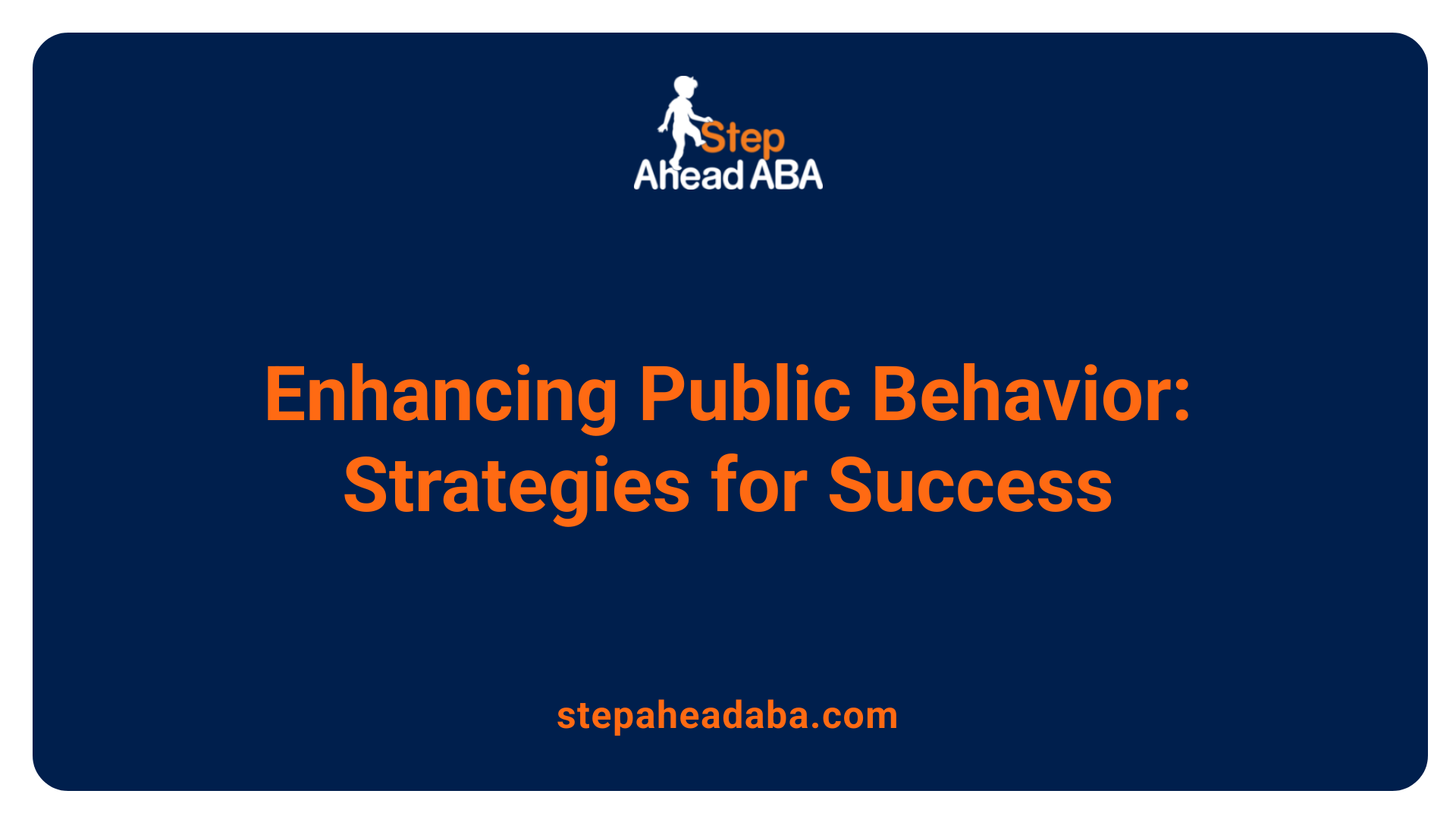
Establishing precise behavior expectations is fundamental for children on the autism spectrum. Clear rules should be defined in advance and communicated through straightforward language or visual aids. These explicit behavioral guidelines provide children with a better understanding of what is appropriate in public settings. For example, tactile reminders, such as behavioral charts or visual cues, can highlight expected behaviors. Consistency is crucial as children often feel more secure when they know what is expected of them.
Transitions between activities can be particularly challenging for autistic children, leading to anxiety and disruptive behavior. Utilizing visual schedules or countdown charts can significantly aid in this area. For instance, a visual timer can communicate how much time remains for a current activity before transitioning to the next. This preparation not only lessens anxiety but also enhances compliance with behavioral expectations during public outings. Children can have calming tools or sensory aids accessible to help with emotional regulation during these changes.
Empowering children with choices can foster a sense of control while navigating public scenarios. For example, allowing them to choose between two options, such as picking a snack or selecting an activity, can empower them during social interactions. This approach not only helps them practice decision-making but also minimizes frustration during transitions. Combining structured choices with a visual schedule further solidifies their understanding of public behavior expectations, ultimately promoting independence in social settings.
| Strategy | Description | Purpose |
|---|---|---|
| Clear Rules | Define expectations using visuals or straightforward language. | Provides clarity and reduces anxiety about behaviors. |
| Visual Aids | Use tools like schedules and countdowns to guide transitions. | Eases apprehension around changes, improving compliance. |
| Choices and Control | Allow children to choose between options in activities or settings. | Enhances their sense of control and decision-making skills. |
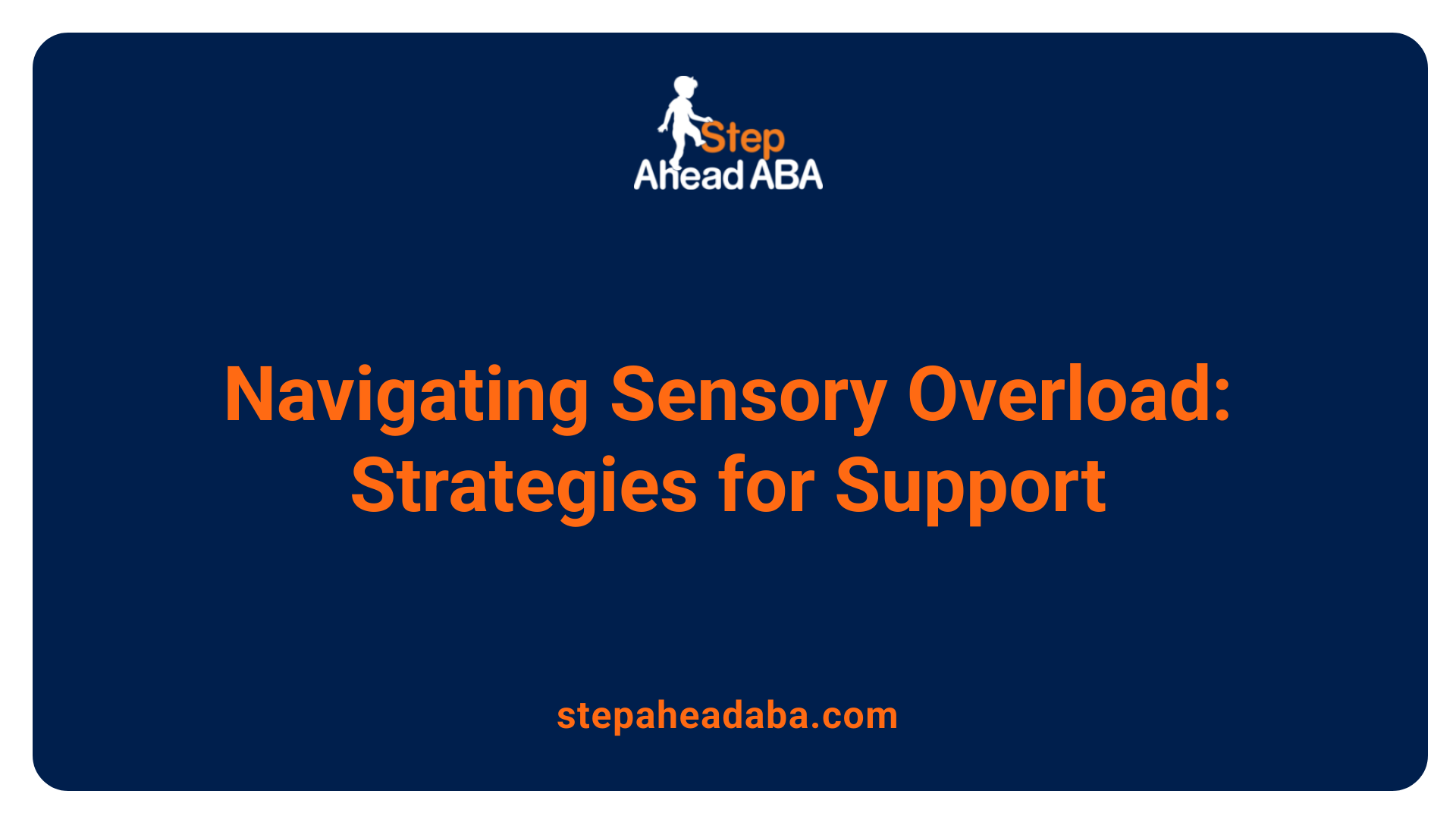
Children with autism often experience sensory overload in public settings, such as loud noises and bright lights. This sensory influx can lead to heightened anxiety, resulting in behaviors like meltdowns or self-stimulatory actions. Understanding these triggers is crucial for caregivers and educators to effectively support children during such overwhelming experiences.
Implementing sensory regulation strategies can significantly help mitigate distress. Some effective methods include:
Creating sensory-friendly environments is essential for facilitating positive experiences. Considerations include:
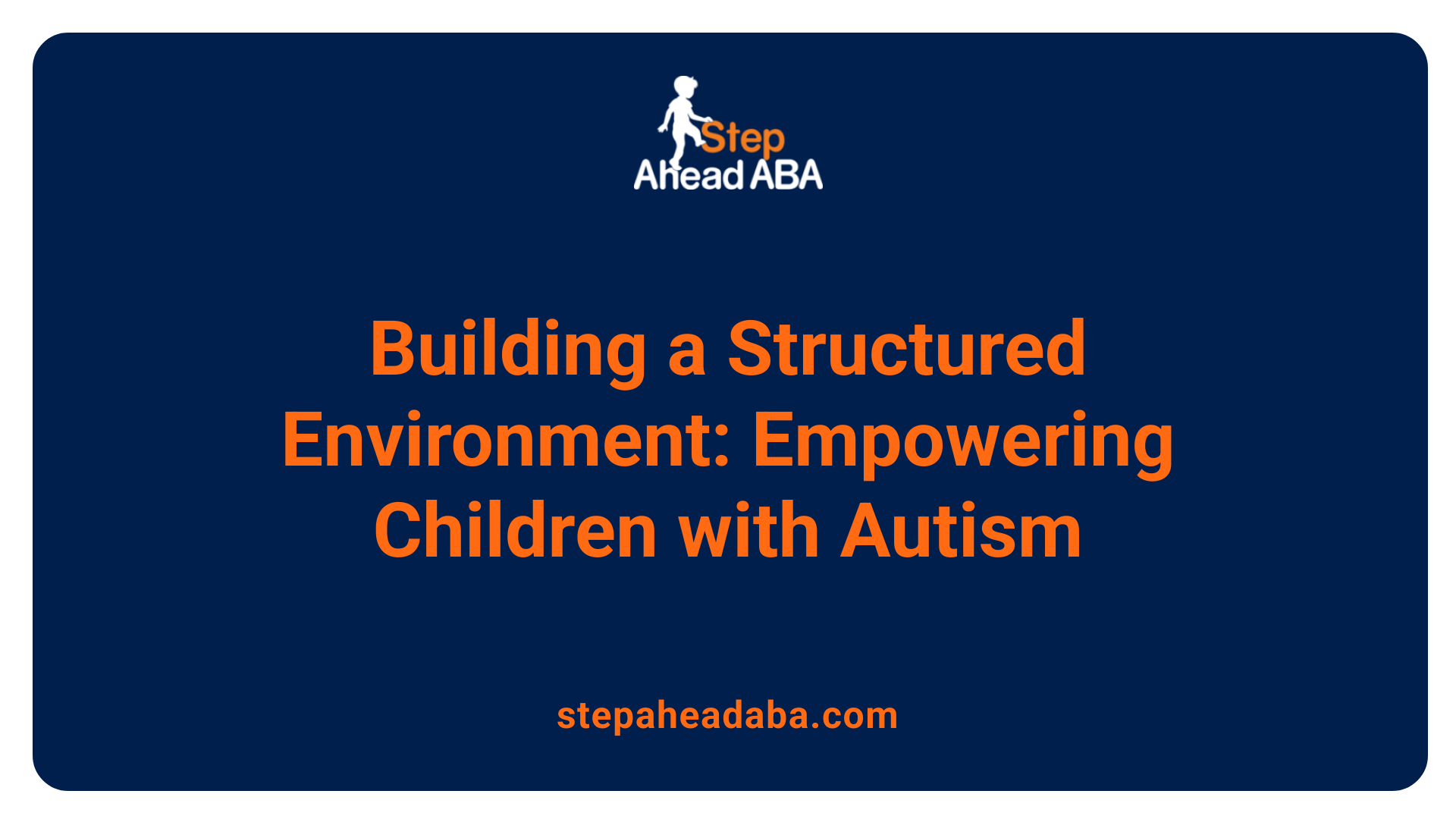
Children with autism often encounter multiple challenges in social situations. These can include difficulties with social skills, such as understanding cues and initiating conversations, heightened sensitivity to sensory input, and a strong preference for routine and predictability. Minor changes can trigger distress, rendering social interactions overwhelming.
One effective way to address these challenges is through routine and structure. Parents play a key role in supporting their child's unique needs by implementing strategies that foster a sense of stability. Visual schedules can be particularly helpful, as they provide children with a clear understanding of what to expect throughout the day.
Establishing daily routines can significantly reduce anxiety for children with autism. By providing a structured environment, children can anticipate activities, minimizing surprises that may cause distress. This predictability fosters a sense of security and confidence, enhancing their ability to engage socially.
Visual aids serve as excellent tools for teaching and reinforcing routine. They can illustrate what activities are happening during the day, helping to prepare children for transitions. For example, a simple chart showing "First we have breakfast, then we go to the park" visually conveys expectations.
Managing transitions is crucial for children with autism. Using tools like visual timers or countdown charts can ease movement from one activity to another. Moreover, gradual exposure to changes helps children adapt without feeling overwhelmed. Keeping clear communication during these times reassures children, paving the way for successful, stress-free interactions in various settings.
Reinforcing positive social behavior in children with autism is crucial. Behavior-specific praise is an effective strategy that focuses on recognizing and reinforcing the social actions that children are doing well. Instead of generic praise, mentioning specific behaviors encourages them to repeat such actions in future interactions.
Using descriptive praise connects positive outcomes with the behaviors exhibited. For example, if a child shares a toy, saying, "I really liked how you shared your toy with your friend!" helps the child understand what behavior is being reinforced. This understanding bolsters their confidence and encourages continued positive behavior.
Social interactions are vital for children with autism to develop essential communication skills. Structuring opportunities for social engagement, such as small group interactions, helps them practice turn-taking and reciprocity within a supportive environment. This method not only enhances their social skills but also fosters a sense of belonging and community.
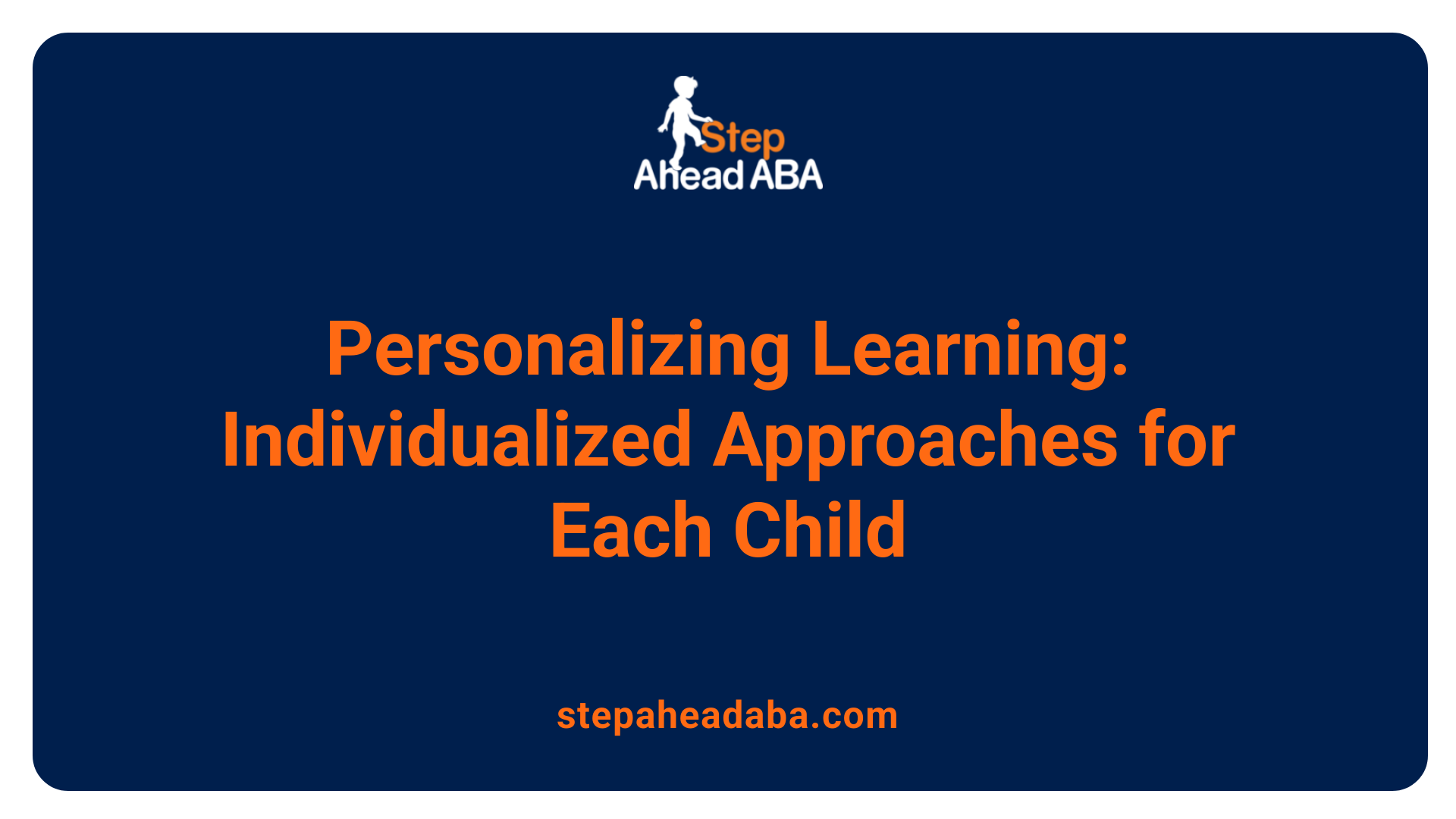
Customizing behavior plans for children with autism is essential. Each child exhibits unique behaviors and challenges, necessitating a tailored approach. Starting with a Functional Behavioral Analysis (FBA) helps identify root causes of behaviors, allowing educators and caregivers to develop effective strategies that cater specifically to the child's needs.
Understanding a child's triggers is key to managing challenging behaviors. Observing interactions and discussing with caregivers can reveal what causes stress or frustration. With this knowledge, caregivers can create strategies like visual supports and calm-down spaces to mitigate these triggers and foster a more supportive environment.
Incorporating a child's interests and strengths into their learning process can enhance engagement and reduce behavioral issues. Strength-based approaches not only boost confidence but also facilitate skill acquisition in a way that resonates with the child, making learning more enjoyable and effective.
| Approaches | Description | Benefits |
|---|---|---|
| Tailored Behavior Plans | Customizing plans based on individual behaviors and needs | Targeted support |
| Trigger Identification | Observing and discussing to find stress triggers | Proactive management |
| Strength-Based Learning | Using interests to engage students in lessons | Increased motivation and engagement |
Teaching children with autism about public behavior expectations involves a comprehensive approach that combines understanding, patience, and strategically applied interventions. By focusing on personalized strategies that consider the child's unique communication, sensory, and social needs, caregivers and educators can greatly improve these children's ability to navigate public settings independently and confidently. Ultimately, these efforts not only support children in building essential life skills but also promote a greater sense of belonging and acceptance within their communities.